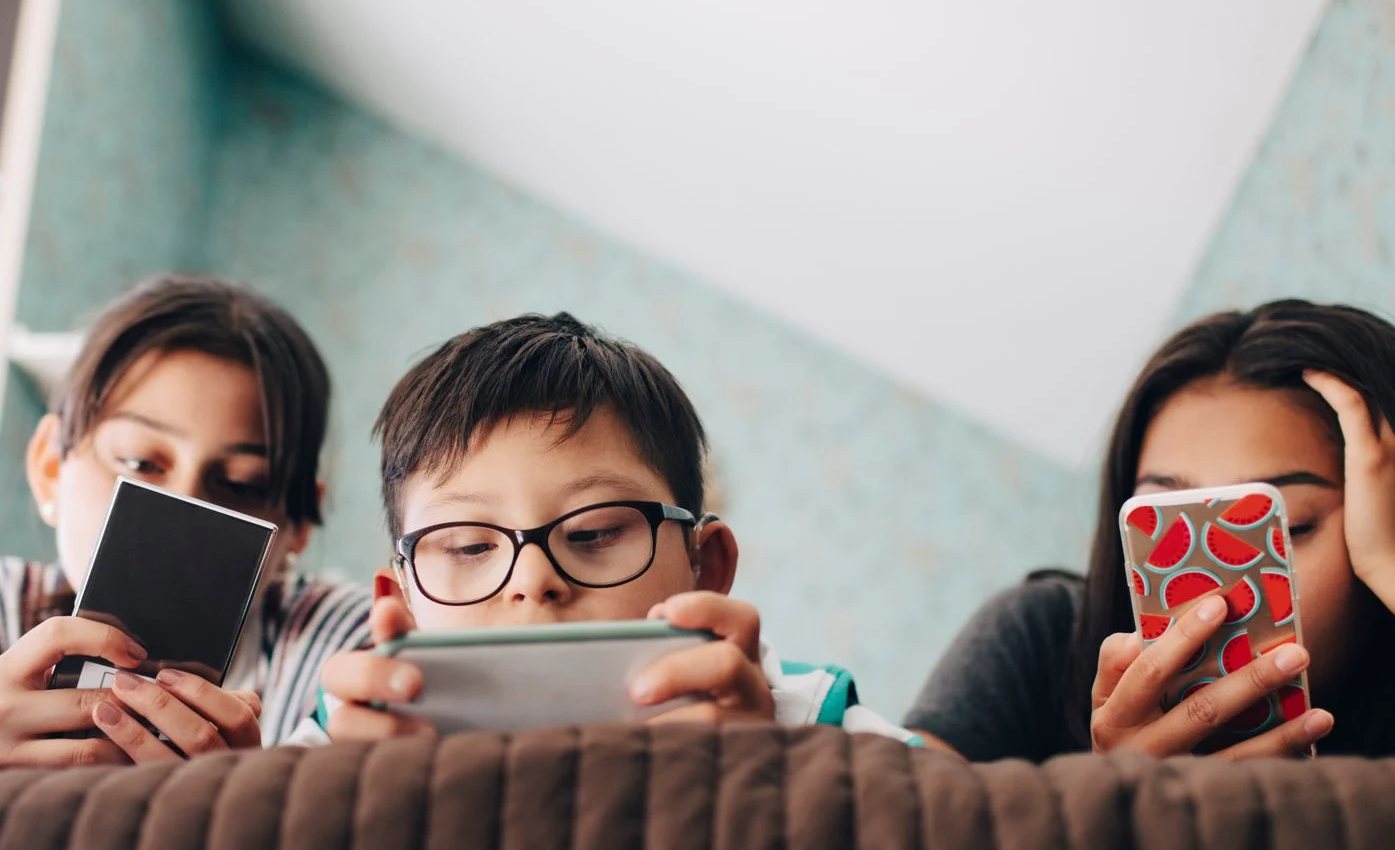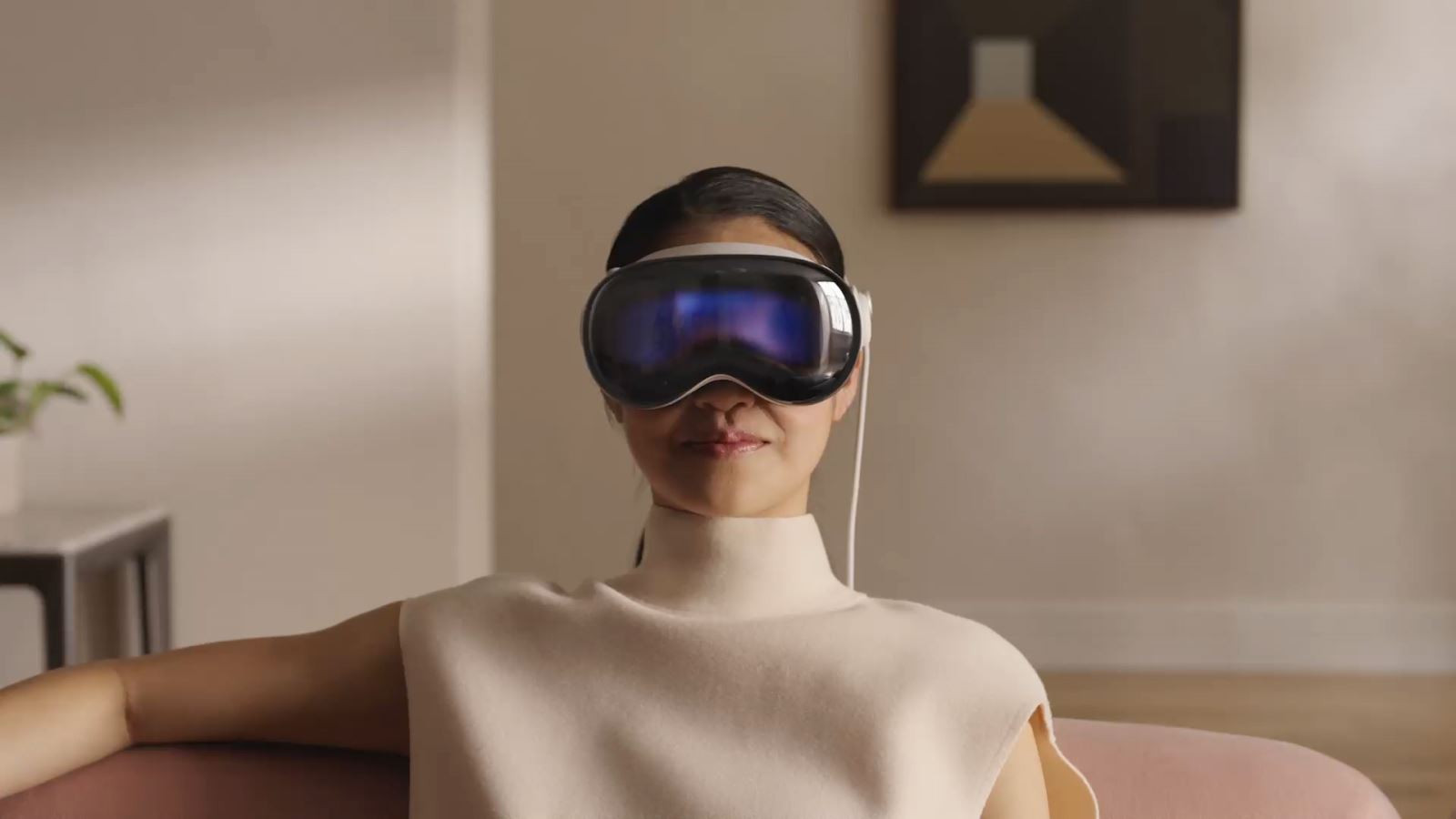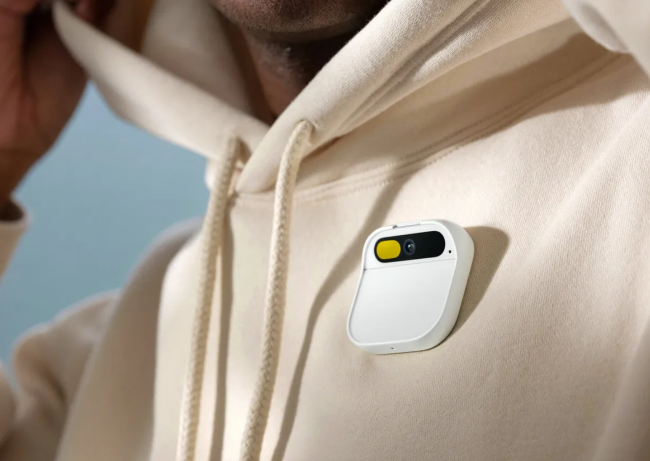The era of people constantly looking down at their phones, the era of two thumbs moving at the “speed of light” on smartphone screens, is gradually coming to an end.

Experts say voice commands and virtual assistants will become more dominant than mobile phones. And right now, new devices like glasses, buttons or watches are coexisting with mobile phones and will gradually play a stronger role.
An essential personal accessory, a useful assistant in our daily lives and a status symbol - the mobile phone has been an incomparable dominant product in our lives since the iPhone appeared in 2007. But perhaps that peak period is over. There are signs of the inevitable decline of the mobile phone. Screen addiction is a growing obsession, for which smartphones are almost entirely responsible. According to a study published last year in the “International Journal of Mental Health and Addiction,” nearly a third of smartphone users are at high risk of serious addiction.
Mobile phones have gone from being seen as a desirable object to being a harmful device. Digital disconnection is being touted as a synonym for better mental health.
There’s also the fact that fewer phones are being sold. “People are still buying smartphones, I’m not saying suddenly no one is using mobile phones, but the numbers are going down,” says Amy Webb, CEO of the Future Today Institute, a consultancy that helps companies spot technology trends.
The consultancy in 2017 assessed that the beginning of the end of smartphones was due to stagnant sales (we all have mobile phones, the market is no longer growing). The numbers will never return to the glory days, “if we think about the next decade – instead of just using one phone, there will be many different devices. And these devices will replace smartphones. This has already started to happen” – Future Today Institute assessed.

The era of people constantly looking down at a rectangular screen, the era of faces illuminated by blue light from phones, the era of two thumbs moving at the “speed of light” on a screen protector is gradually coming to an end.
In 2022, global mobile phone shipments fell sharply: 11.3% fewer than the previous year. In the final quarter of the year, when Christmas is expected to boost sales, the decline was even more pronounced, 18.3%. And the trend continued last year, with a decline of 3.2% or 4%, according to various analysts.
Many new utilities "overshadow" smartphones
Of course, the mobile phone, which has revolutionized our lives, will still be around. Some gadgets may be alternatives to the uses we have given it. For example, the AI Pin is a small square electronic medal that hangs on your clothes. It takes voice commands: ask for the weather forecast, see if there are any restaurants in the area, or any question you would ask Google. It also responds with voice thanks to artificial intelligence. If we want, it will also project a green luminescent screen onto the user's hand that allows it to read small texts.

The Rabbit R1 follows a similar idea. It's a device that's both classic and sophisticated, and it accepts voice queries (and also has a small screen).
“Rabbit R1 does exactly the same thing as an advanced voice assistant,” said Alexander Manu, a professor in the Department of Design at OCAD University in Toronto, who has studied technology trends for decades. “I can ask it to book flights and hotels for me. In fact, when I use it, I go back 25 years to when I called my travel agent to book a ticket to a destination,” Manu said.
The list of similar devices goes on and on. For example, Apple’s biggest new product launch is Vision Pro glasses, which allow users to see their surroundings through images captured by a high-resolution camera. They combine this visual perception with video playback and other content. It’s like being in a giant private movie theater with a window to the world.
According to their creators, none of these devices are intended to be cell phone replacements, but it's hard to shake the idea that they're headed in that direction.
Devices like Lucyd smart glasses are also following a similar path and are the first to integrate ChatGPT: they understand requests in natural language.
Besides, Meta has launched its own product in collaboration with eyewear brand Ray-Ban while mobile phone makers TCL and Oppo have also introduced their own smart glasses.
For Professor Manu, the abundance of alternatives that dare to challenge the mobile phone is a sign of the mobile phone's growing weakness.
“People are criticizing AI Pin and Rabbit R1 now, but if we stop to think, people were also criticizing the iPhone when it first came out. They were mocking and saying Apple was going to fail.”
“You have to remember that this is a transition,” Manu explains. “We’re going from one device to many devices. If you think back to 1998, I had a laptop, a portable DVD player, an MP3 player, and a MiniDisc. And then all of these devices became one, which is the smartphone. With AI, we’re moving toward a set of multiple devices. We’re going to see more. There’s going to be a lot of experimentation.”
The idea is that everyone will have an arsenal of devices and artificial intelligence will connect them all. This technology will deal a fatal blow to the mobile phone.
“We have created many applications. And over time, we have realized that ultimately what we want is not the application itself but the benefit it brings. And artificial intelligence is going to be the one that creates the beneficial outcomes that we want,” said Professor Manu.
Voice communication will prevail
ChatGPT-style AI services will let you use your headset to make calls or make queries using just your voice. The role of smartphones is diminishing. As tech labs develop, voice communication between humans and machines will become much more efficient than it was with Siri or Alexa.
The preferred way to communicate with machines is to talk, just like we do with humans. And what’s fostering artificial intelligence like the kind that exists on the market today is just the beginning. We’re getting closer to having a fluent conversation with artificial intelligence, Robert Downey Jr.-style – aka Tony Stark in Iron Man, when he can even joke with Jarvis (the digital assistant).
Such a shift will also have an impact on the economy. Artificial intelligence is forecast to generate $1.3 trillion in business by 2030, up from $150.2 billion last year. That’s because it will be everywhere and on every possible device. Among them are so-called wearables: smartwatches, bracelets, headphones, and even rings.
“Today, mobile is about seeing, reading, and using your hands,” Villanueva added. “We will probably be able to do more with voice interfaces. It’s not that mobile is going to disappear, but we will interact more with our voices. This is a revolution.”